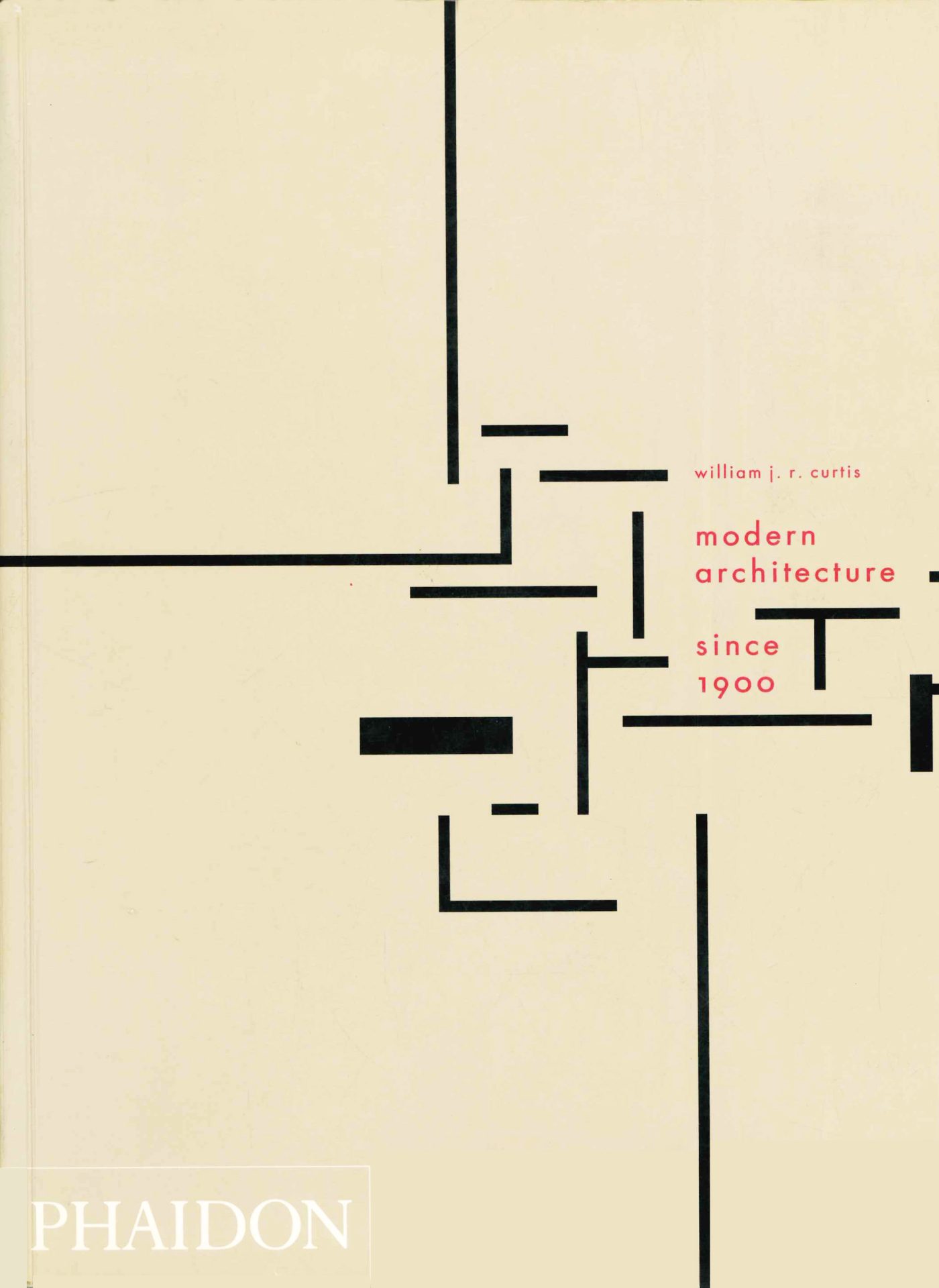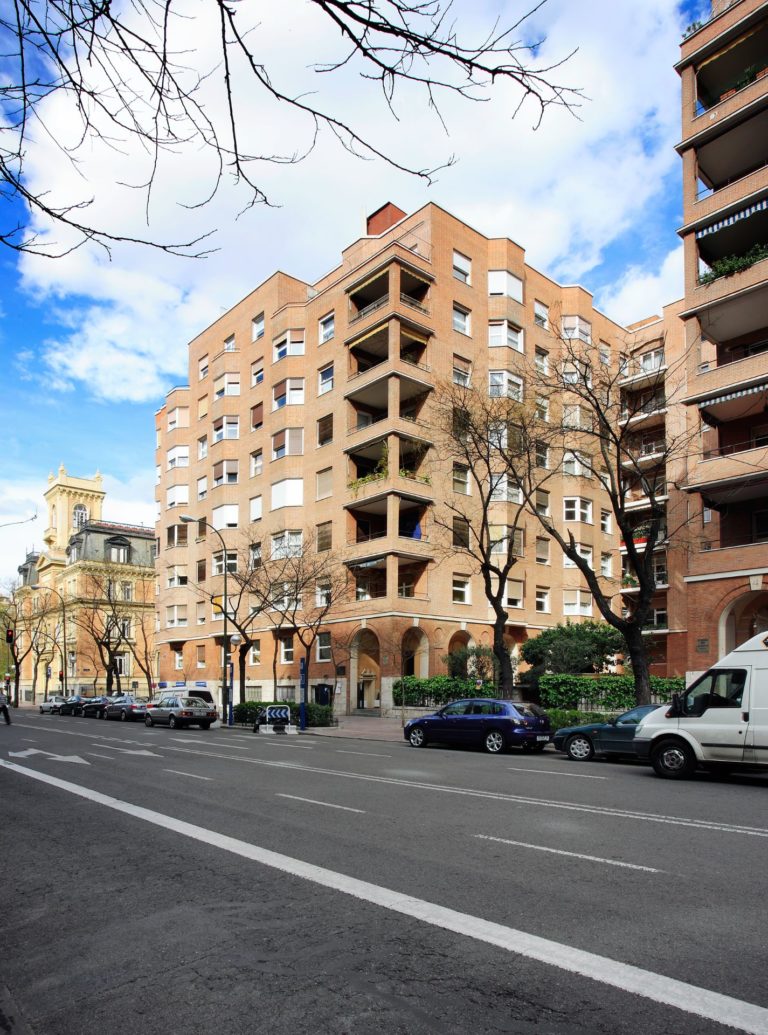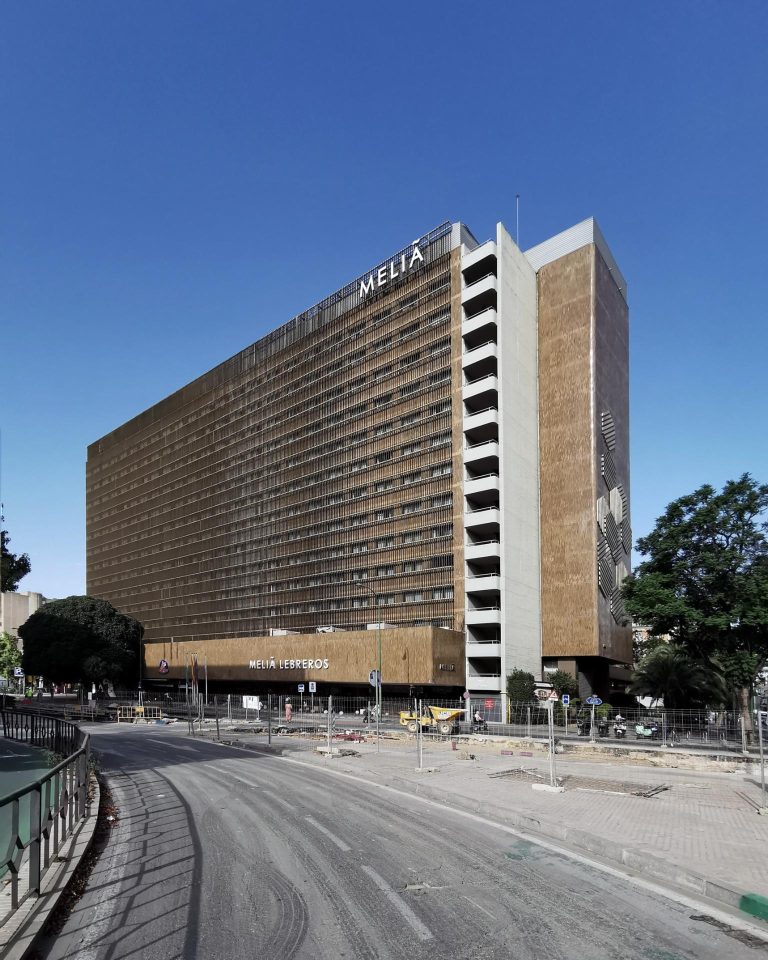
William Curtis begins his book Modern Architecture Since 1900 with a reflection in this regard:
“The historian who sets out to write a history of modern architecture has necessarily to begin with a definition of his subject. Many past eras have referred to their own architectures as ʽmodernʼ, so that the term on its own is scarcely discriminating. The ʽmodern architectureʼ […] was an invewntion of the late nineteenth and early twentieth centuries and was conceived in reaction to the supposed chaos and eclecticism of the various earlier nineteenth-century revivals of historical forms. Basic to the ideal of a modern architecture was the notion that each age in the past has possessed its own authentic style, expressive of the true tenor of the epoch. According to the same outlook, a brake was supposed to have occurred somewhere around the middle of the eighteenthcentury, when the Renaissance tradition has faltered, leaving a vacuum into which had flowed numerous ʽinauthenticʼ adaptations and recombinations of past forms. The task, then, was to rediscover the true path of architecture, to unearth forms suited to the needs and aspirations of modern industrial societies, and to create images capable of embodying the ideals of a supposedly dictinct ʽmodern age”.[1]
[1] “Introduction”, in CURTIS J.R., William, Modern Architecture since 1900 [1982], Phaidon Press Limited, London, 1996 (third edition revised, expanded and redesigned), p.11.









